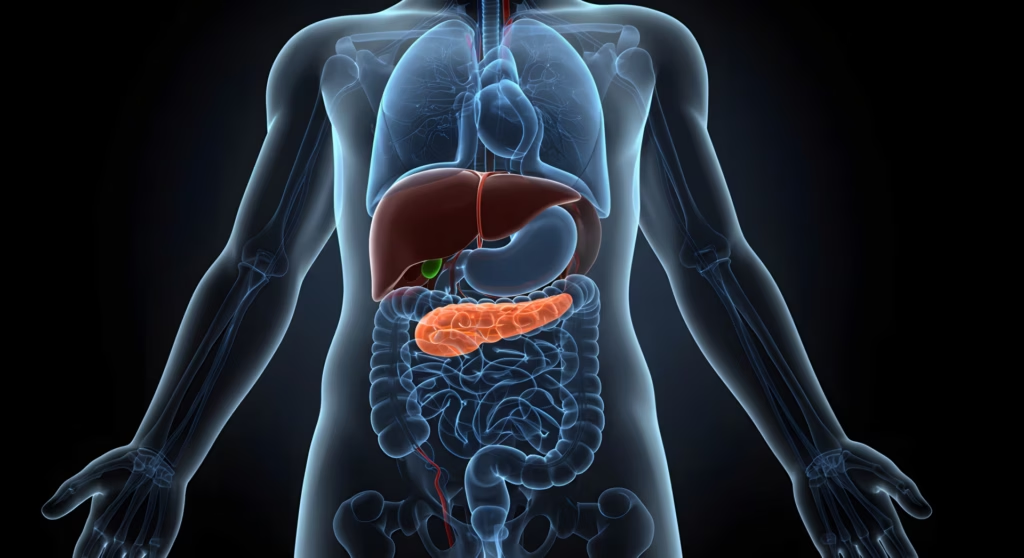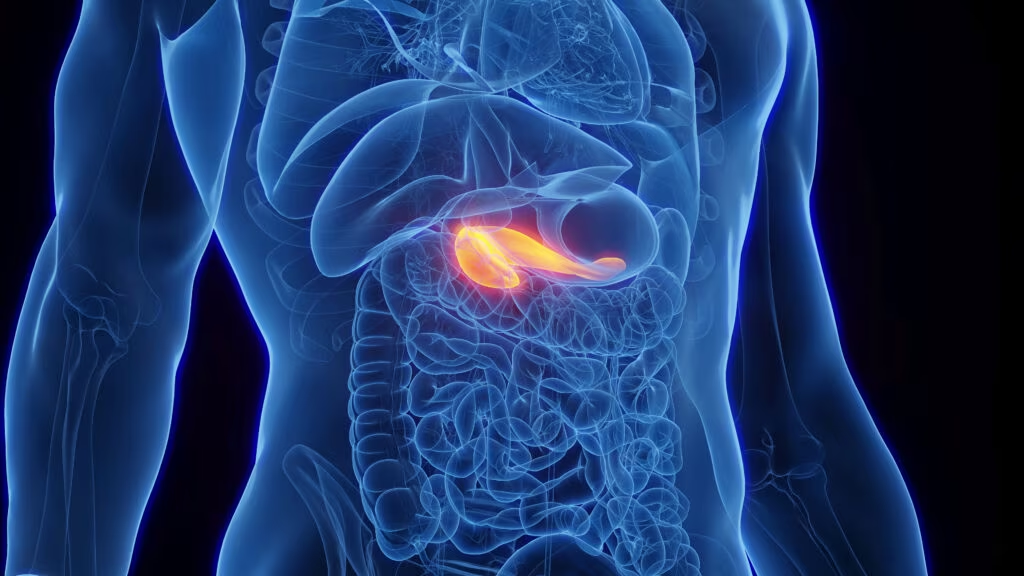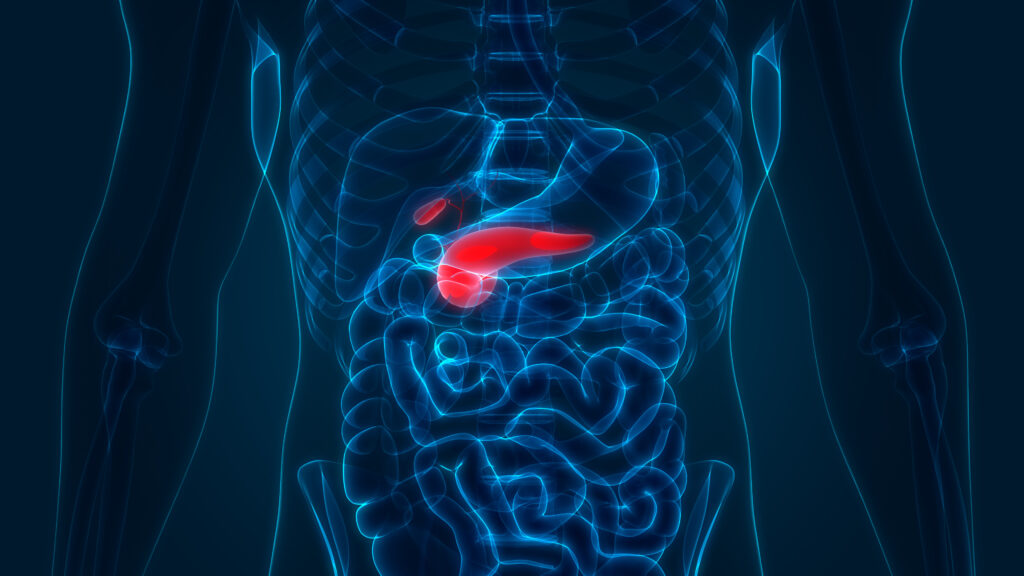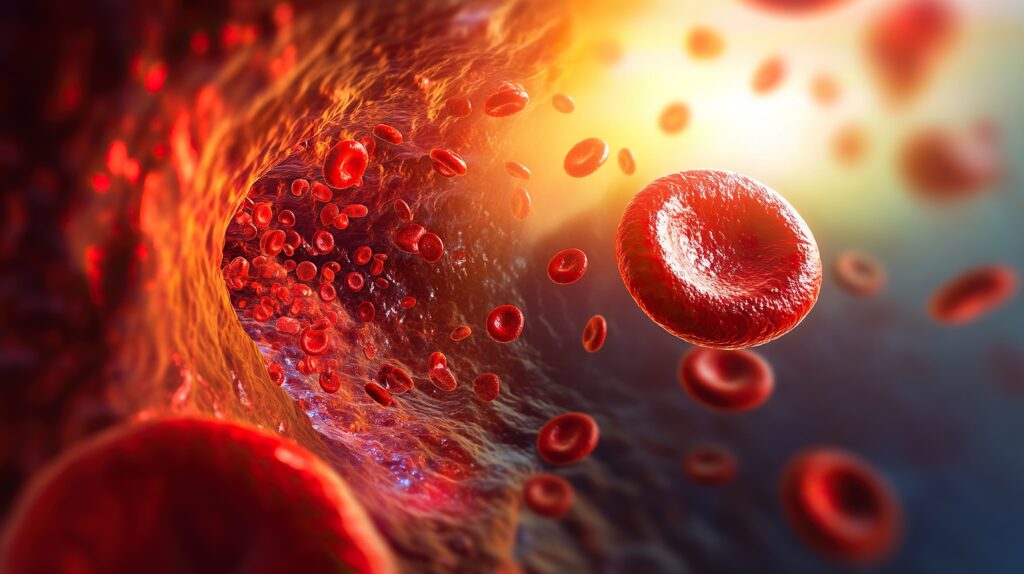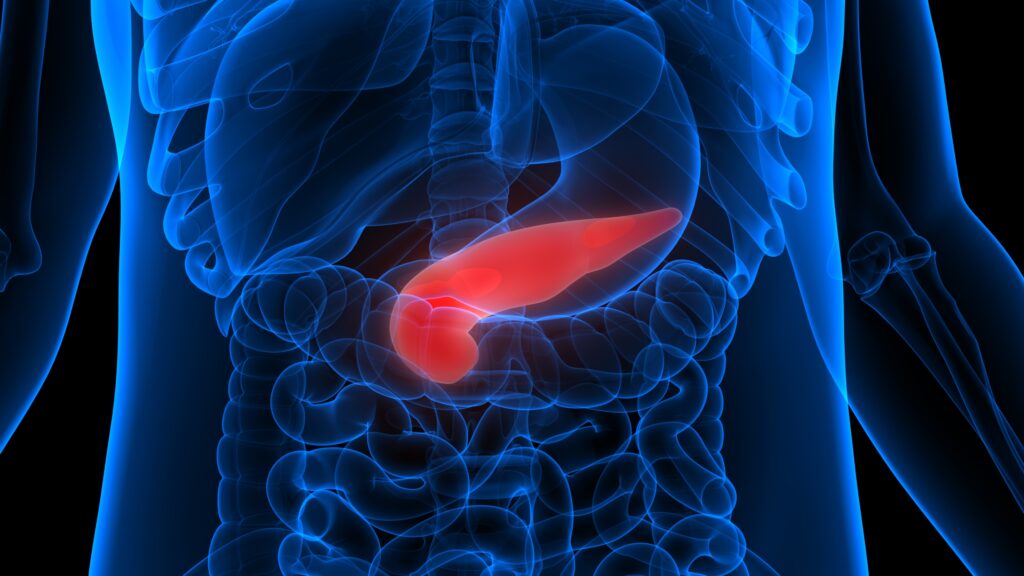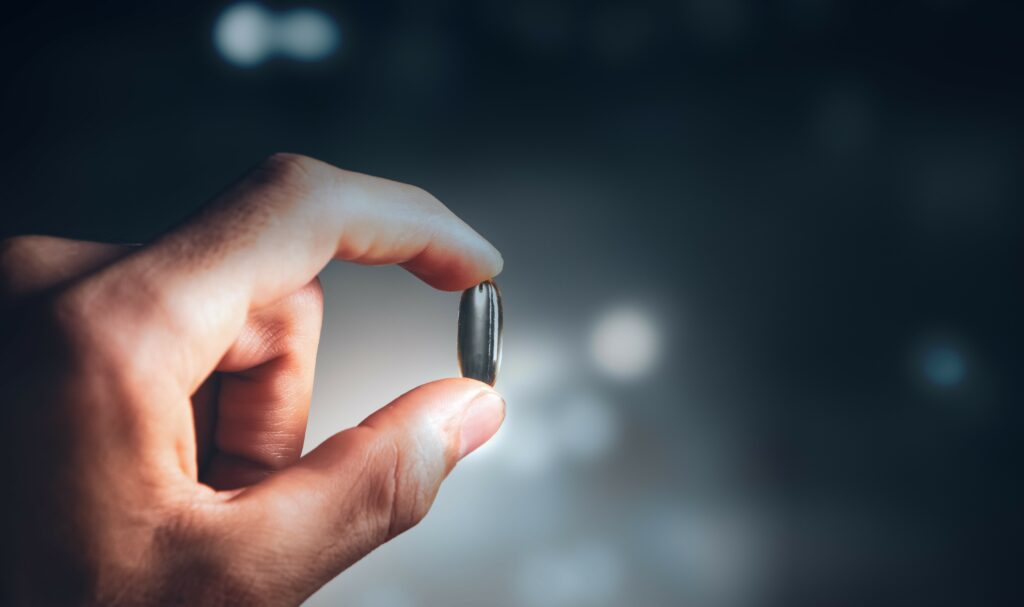Diabetes is at epidemic levels, with the costs of treatment placing a significant economic burden on healthcare systems worldwide. Most people with type 2 diabetes are failing to achieve optimal blood glucose control, leading to disease progression and the onset of debilitating and expensive complications, including heart disease, amputations, blindness and kidney failure. To achieve adequate blood glucose control, all patients with type 1 diabetes need exogenous insulin, and most with type 2 diabetes will also eventually require insulin replacement therapy.
Diabetes is at epidemic levels, with the costs of treatment placing a significant economic burden on healthcare systems worldwide. Most people with type 2 diabetes are failing to achieve optimal blood glucose control, leading to disease progression and the onset of debilitating and expensive complications, including heart disease, amputations, blindness and kidney failure. To achieve adequate blood glucose control, all patients with type 1 diabetes need exogenous insulin, and most with type 2 diabetes will also eventually require insulin replacement therapy. Despite the fact that insulin is the most effective glucose-lowering treatment available, studies using US and UK medical databases indicate that more than half of the patients who no longer achieve glycaemic control with oral medications wait four years or more to initiate subcutaneous insulin therapy. Fear of needles and the burden associated with multiple daily injections remain among the most significant barriers to initiating and maintaining insulin therapy. Inhaled human insulin (INH; Exubera® (insulin human (rDNA origin)) Inhalation Powder) is a novel, rapid-acting, insulin formulation administered by inhalation before meals. An extensive clinical trial program including studies for up to two years demonstrated the efficacy and safety profile of INH in the treatment of both type 1 and type 2 diabetes. As a non-invasive alternative to subcutaneous insulin, INH is also associated with increased patient acceptance and treatment satisfaction. Thus, the availability of INH offers the potential to provide improved blood glucose control. Over the long term, better glycaemic control has the potential to reduce the risk of costly diabetic complications.
Current Burden of Diabetes
Diabetes mellitus is a major contributor to the global disease burden with the number of patients growing on an epidemic scale. An estimated 194 million people worldwide are currently affected with diabetes, a figure the World Health Organization (WHO) expects to rise to 366 million cases by 2030.1,2 Major landmark clinical studies, such as the UK Prospective Diabetes Study (UKPDS) and the Diabetes Control and Complications Trial (DCCT), have shown that improvement in blood glucose control reduces the risk of development of diabetes-related complications.3-5 It follows that, the longer a person lives with uncontrolled diabetes, the greater the risk of developing vascular complications, including retinopathy, end-stage renal disease, neuropathy and coronary heart disease.3-5 Debilitating to the individual, such complications are also expensive to treat. Indeed, the significant majority of the economic healthcare burden of diabetes relates to the treatment and consequences of diabetic complications.6 The worldwide diabetes-related annual healthcare costs alone have been estimated to be as much as US$286 billion, accounting for between 2.5% and 15% of a country’s healthcare expenditure.1,7 Diabetes is also associated with significant indirect costs due to work and productivity losses, disability and premature mortality.7 The health benefits of maintaining tight blood glucose control in diabetes are well established. However, despite current treatment options and the widespread adoption of stringent clinical management guidelines, most people with diabetes are not achieving optimal blood glucose control, and are at ongoing risk of serious complications.8
Injectable Insulin Therapy
Insulin has long been established as a therapy for controlling blood glucose in people with diabetes and is the most effective glucose lowering agent available to date. Individuals with type 1 diabetes require insulin replacement therapy throughout their lives. Type 2 diabetes is a progressive disease normally resulting from a combination of insulin resistance and progressive beta-cell dysfunction, and is treated by most physicians in a stepwise manner.9 Management of type 2 diabetes typically commences with diet and lifestyle interventions, eventually followed by the addition of a single oral anti-diabetic drug and then a combination of oral drugs. However, oral therapy is often not sufficient to achieve appropriate glycaemic control. Recent data from the Kaiser Permanente database suggested that only half the patients achieve targeted glycaemic control when using the combination of sulphonylurea and metformin. Furthermore, even when successful, these patients maintained target control for less than one year and continued suboptimal therapy for 2–3 years before transitioning onto insulin.10 Therefore, most people with type 2 diabetes will eventually require intensive insulin therapy to achieve adequate blood glucose control.11
The need for multiple daily insulin injections is burdensome to diabetes sufferers. Typical patient concerns relate to fear of needles and injection pain, difficulty with administration, and concerns about side effects, complications and disease progression.12,13 These concerns contribute to the barriers to treatment acceptance. This was suitably demonstrated in one study by Hauber and colleagues in which people with type 2 diabetes appeared willing to sacrifice adequate blood glucose control in favour of reducing the number of daily injections.14 Moreover, around one-quarter of people with diabetes reportedly refuse insulin therapy once it is prescribed.15,16 Furthermore, physicians also delay prescribing insulin therapy.12,13,17 As a result, insulin use may be delayed for years in many patients with type 2 diabetes. In fact, one recent study demonstrated that more than half of the patients who no longer achieve glycaemic control with oral medications wait five years or more to initiate subcutaneous insulin therapy.18
There is a need to decrease the above risks, improve the long-term health outcomes of diabetes sufferers and lessen the economic burden of disease, and to achieve these aims, additional, non-invasive, insulin-based therapeutic options could be helpful.
Introduction to Inhaled Human Insulin – Demonstrated Clinical Efficacy and Safety
Efforts to develop non-invasive alternatives to injectable insulin began soon after the discovery of insulin. Until recently, issues with insulin bioavailability and the technology required for delivering insulin by alternative routes have hampered progress.19 The pulmonary route is the most widely researched non-invasive alternative to subcutaneous administration and offers the greatest potential for systemic insulin delivery. Its advantages include a large absorptive surface, high permeability and an extensive vascular network permitting rapid passage of insulin from the alveoli into the systemic circulation.20 Key to the development of novel inhalation systems has been the improvement of insulin formulations and inhalers, such that the inhaled insulin particles are optimally sized for efficient delivery into the deep lung.
Inhaled human insulin (INH; Exubera® (insulin human (rDNA origin)) Inhalation Powder) is the first inhaled insulin product to be approved in the EU and US for the treatment of adults with type 1 or type 2 diabetes. It is the first non-invasive alternative to multiple daily insulin injections since the introduction of insulin 80 years ago. INH is a fast-acting, dry-powder formulation of human insulin intended for use before meals. It is inhaled into the lungs via the mouth through a simple-to-use, mechanical hand-held device that operates without batteries. The pharmacokinetic profile of INH mimics the normal physiological pattern of insulin secretion in response to a meal, with an initial rise in plasma insulin levels similar to rapid-acting insulin analogues, and a duration of action that is comparable to subcutaneous regular insulin (see Figure 1).21 Therefore, INH administered 10 minutes before meals provides post-meal glucose control.
Efficacy
INH has been evaluated in clinical trials including over 2,700 adults with type 1 and type 2 diabetes, with some treated for up to seven years. In each trial, efficacy has been assessed using glycosylated haemoglobin (HbA1c) as the primary outcome. Comparisons with subcutaneous regimens combining rapid-acting regular insulin and long-acting insulins in subjects with type 1 diabetes have shown that INH provides similar glycaemic control to subcutaneous pre-meal injections as part of a conventional or intensive insulin regimen.22-25
In type 2 diabetes, INH has been compared with oral anti-diabetic agents and with a subcutaneous rapid-acting insulin regimen. When used as an early pharmaco-logical intervention, INH achieves blood glucose control in subjects with type 2 diabetes sub-optimally controlled on diet and exercise.26 Similarly, 2 studies showed that, in patients uncontrolled on a single oral agent (HbA1c >9.5%), addition of INH significantly improves glycaemic control compared with adjunctive oral agent therapy.27,28 Furthermore, in subjects failing dual oral anti-diabetic therapy, INH provides greater improvements in blood glucose control than continued oral therapy, either administered alone or in addition to existing oral therapy (see Figure 2).29 INH is also effective as part of a conventional insulin regimen, achieving levels of blood glucose control comparable to subcutaneous insulin injections.30,31
Secondary outcome assessments of post-meal and fasting glucose concentrations and weight gain are also recognised as important measures of diabetes control. The INH clinical development program has also demonstrated equivalence of reduction of post-meal glucose concentrations and improvement in fasting glucose levels compared with subcutaneous insulins in people with type 1 or type 2 diabetes.24,25,30 Less weight gain has also been reported with INH compared with subcutaneous insulin.30
Safety
The safety profile of INH has been extensively studied. Adverse events throughout the clinical development program were generally mild-to-moderate in severity, and discontinuation rates were low. As with all insulin products, hypoglycaemia was the most commonly reported adverse event with severity and incidence similar to those observed with subcutaneous insulin therapy.24,25,30 As expected, the incidence of hypoglycaemia was higher with adjunctive INH compared with adjunctive oral anti-diabetic therapy.26-29 Cough of mild-to-moderate severity has been observed at a higher frequency in subjects receiving INH compared with subcutaneous insulin. Cough generally occurred within seconds to minutes of INH administration, was rarely productive and decreased with time on therapy.24-27,30 Less than 1% of trial subjects discontinued INH due to cough.
Small but consistent treatment group differences in lung function tests (forced expiratory volume in 1 second (FEV1) and diffusing capacity of carbon monoxide (DLCO)) favouring the comparator therapy have been observed with INH. As well as being small, these changes occurred early after treatment initiation, were non-progressive for up to two years and were reversible following discontinuation (see Figure 3).26,27,30,32 Lung function monitoring is recommended prior to INH initiation and at regular intervals thereafter, in order to detect any unexpected increased effect.
Patient Satisfaction with Treatment
A feature of INH across several clinical studies is its association with greater patient satisfaction compared with subcutaneous insulin in both type 1 and type 2 diabetes.24,30,33-36 Subjects receiving INH reported a greater improvement in global treatment satisfaction, convenience/ease of use, and social comfort after one year of therapy compared with those who remain on subcutaneous insulin. INH has also been associated with significant improvements in some quality of life scores compared with subcutaneous insulin.35,36
Furthermore, patients commonly prefer INH to subcutaneous insulin. In one study, when subjects with type 1 or type 2 diabetes initially assigned to treatment with INH or subcutaneous insulin were allowed to select a regimen for on-going treatment, most INH-treated subjects (85%) elected to continue with INH. In contrast, most subjects treated initially with subcutaneous insulin choose to switch to INH (75%).37 A further randomised, controlled study of subjects with type 2 diabetes inadequately controlled on diet and/or oral anti-diabetic drugs explored the issue of patient acceptance.38 In this study, the availability of INH as a treatment choice resulted in a three-fold greater number of subjects opting for a treatment that included any insulin compared with subjects offered treatments other than INH.
The Potential Role of INH in the Management of Diabetes
A non-invasive alternative to injectable insulin would be a welcome addition to the therapeutic armamentarium in type 1 and type 2 diabetes for both patients and physicians alike. INH has the potential to change the way diabetes is treated by helping to overcome the therapeutic barriers that are associated with administration by injection, thereby increasing patient acceptance of insulin therapy. The clinical trial programme supports this view given that patients reported greater overall preference and treatment satisfaction with INH compared to remaining uncontrolled on oral anti-diabetic drugs, or compared to insulin injections. The increased willingness to switch to a more appropriate therapy could lead to the earlier initiation and intensification of insulin therapy, particularly in those patients with type 2 diabetes failing on oral anti-diabetic drugs. A potential outcome of earlier insulin treatment is shorter periods of poor blood glucose control, or conversely, improved blood glucose control in the short and the long term.
Studies such as the UKPDS and DCCT lend support to early and intensive pharmacological intervention. In this regard, insulin, more so than oral anti-diabetic drugs, is effective at controlling post-meal escalations in blood glucose, which have been linked to increased cardiovascular risk.39-41 Clearly, the choice of treatment and the decision when to initiate insulin treatment in particular, could have long-term implications on health outcomes for the patient and healthcare budgets. By offering a non-invasive alternative to injectable insulin, INH may facilitate early and intensive recourse to insulin therapy, which may have positive benefits for patient care and healthcare expenditure.
Concluding Remarks
The availability of INH (Exubera®) has the potential to increase insulin acceptance, encouraging earlier initiation and intensification of insulin-based therapeutic regimens, and therefore improving blood glucose control. Over the long term, improved glycaemic control may lead to reduced risk of diabetes complications and better health outcomes for patients, resulting in reduction in the economic burden of diabetes. ■


